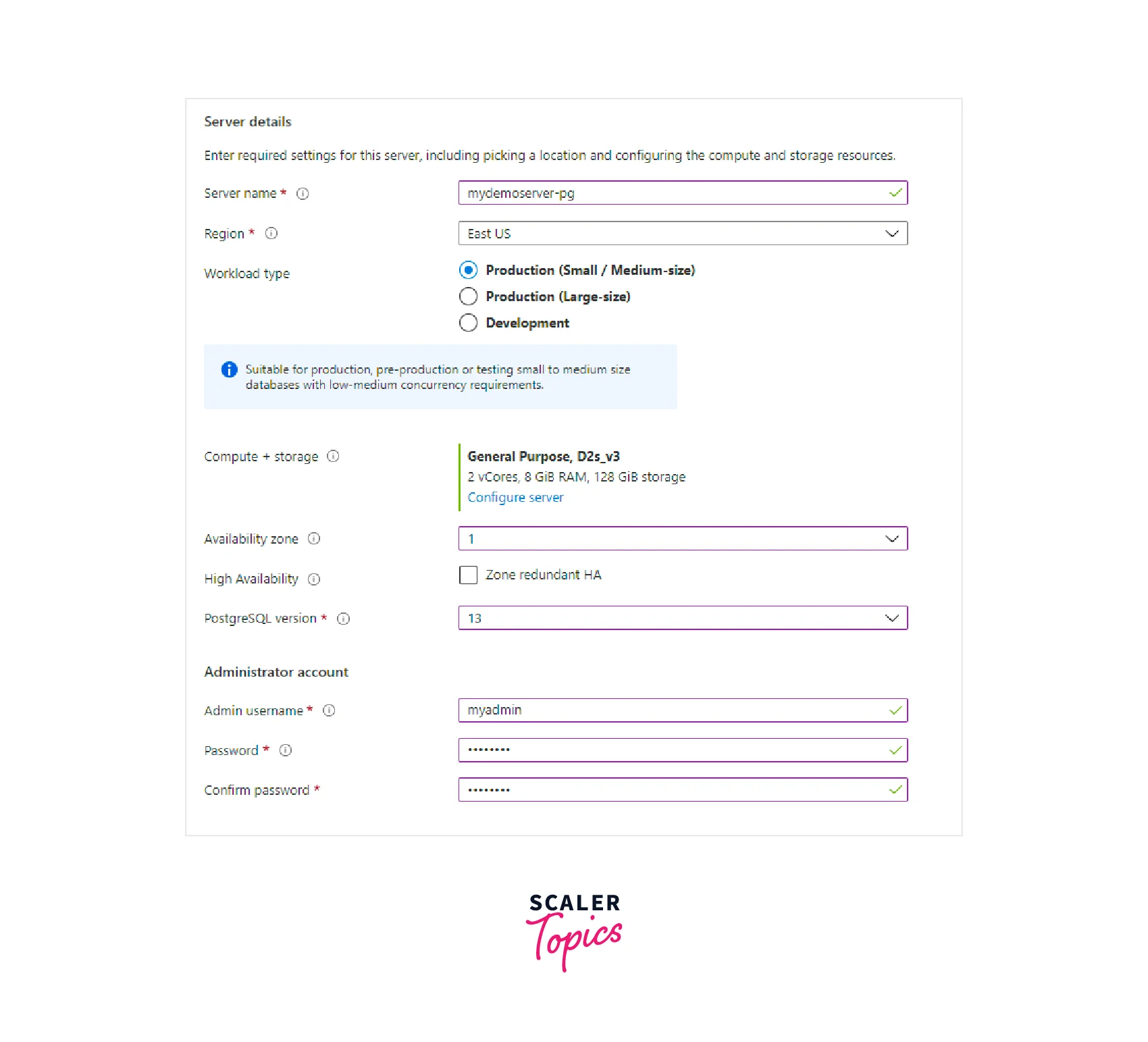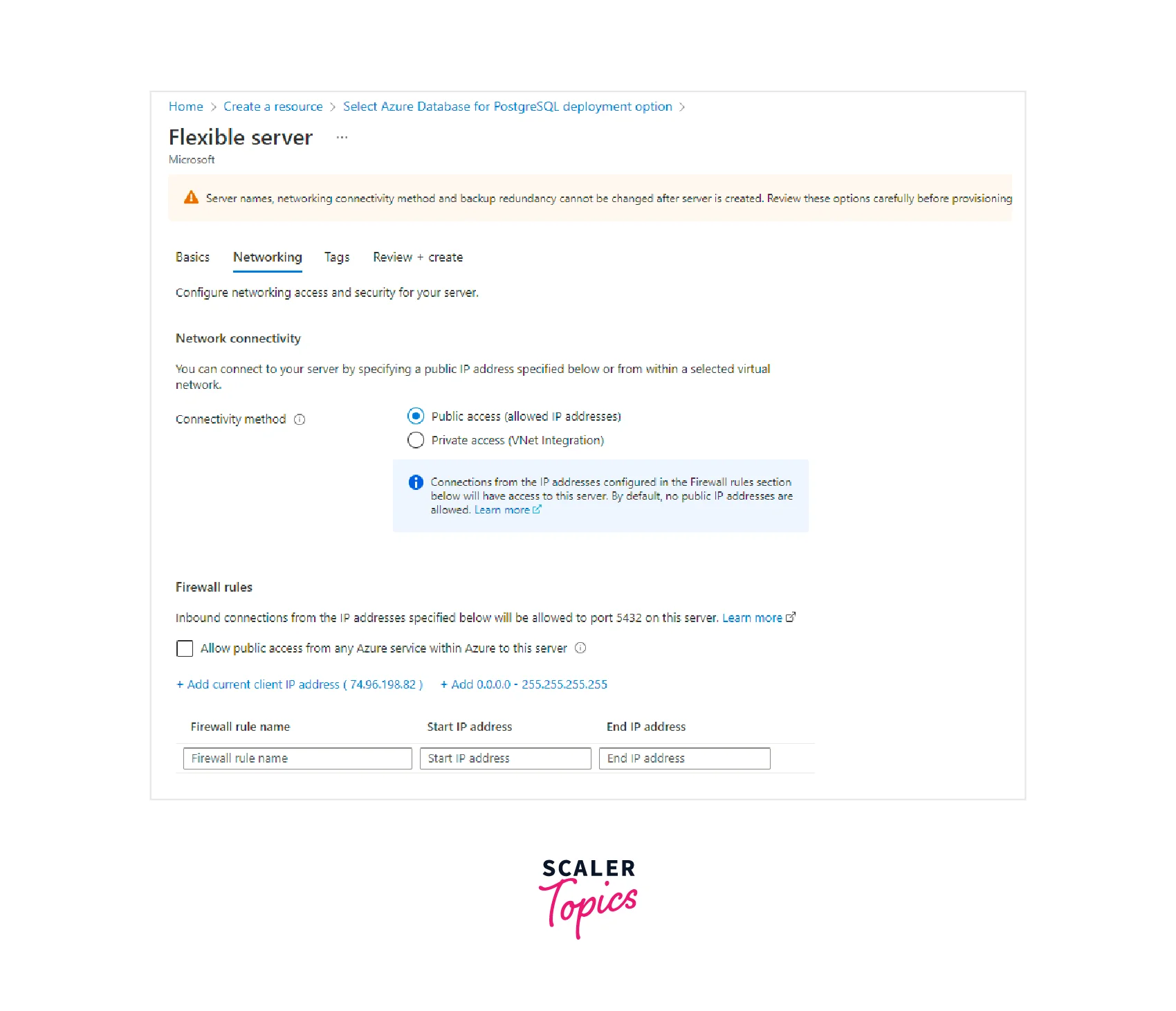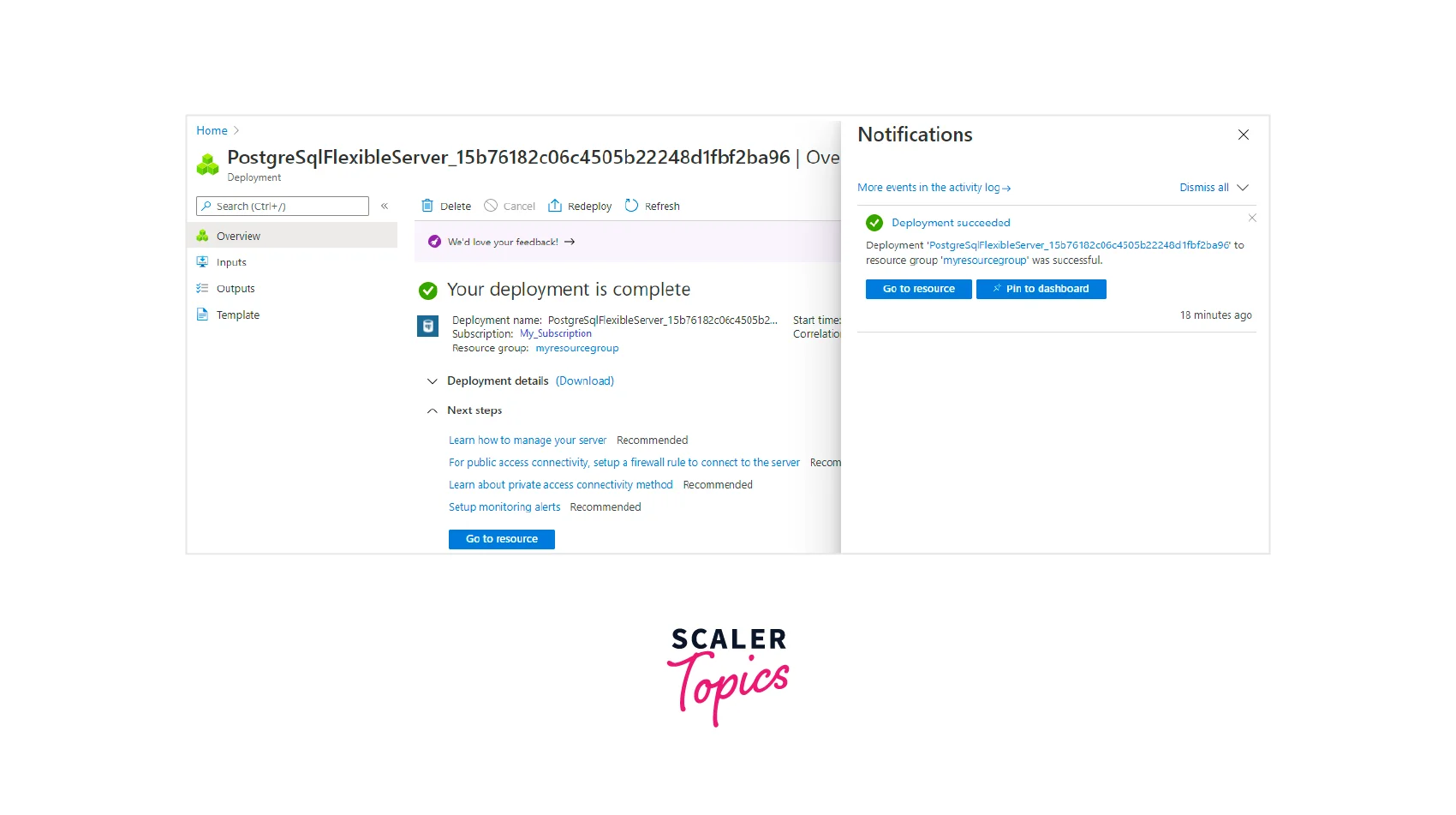Azure Database For PostgreSQL
Overview
In today's digital landscape, businesses rely heavily on robust and scalable databases to store and manage their ever-increasing data. Azure PostgreSQL, part of the Azure Database services, offers a powerful solution for organizations seeking a managed database service that is both reliable and flexible. In this article, we will explore the key features and benefits of Azure PostgreSQL, and how it can empower businesses to leverage the full potential of their data.
Introduction to Azure Database for PostgreSQL
Azure Database for PostgreSQL is a fully managed relational database service provided by Microsoft Azure. Built on the popular open-source PostgreSQL database engine, it offers a comprehensive set of features and capabilities that enable developers and database administrators to deploy, manage, and scale their PostgreSQL databases with ease.
One of the major advantages of using Azure Database for PostgreSQL is its ability to offload the operational tasks of managing a database infrastructure to Azure. With this managed service, organizations can focus more on their core business logic and application development, while leaving the maintenance and administration of the underlying infrastructure to Microsoft Azure. This results in reduced overhead and frees up valuable resources within the organization.
Azure PostgreSQL provides a seamless experience for developers familiar with PostgreSQL. It supports a wide range of PostgreSQL extensions, functions, and tools, making it compatible with existing PostgreSQL applications. This means that organizations can easily migrate their on-premises PostgreSQL databases to Azure without significant code changes, ensuring a smooth transition to the cloud.
Deployment Models for Azure PostgreSQL Database
Azure Database for PostgreSQL offers three flexible deployment models to cater to the diverse needs of different applications. These models provide options for scalability, high availability, and data protection, allowing organizations to choose the most suitable one for their specific requirements.
Single Server
The Single Server deployment model is a traditional approach where a single instance of the PostgreSQL database is created. This model is well-suited for typical database workloads and strikes a balance between simplicity and scalability.
In this model, Azure takes care of managing the underlying infrastructure, including hardware provisioning, patching, and backups. At the same time, users retain control over database configuration and management, giving developers the freedom to fine-tune the environment according to their specific needs.
Flexible Server
The Flexible Server deployment model is designed for applications that require more control and customization options. It provides greater control over the database environment compared to the Single Server model, allowing users to configure parameters and settings based on their application's unique requirements.
In this model, Azure still handles essential tasks such as backups and patching, but users have more control over database-level settings. The Flexible Server model is well-suited for applications that need a fine-tuned database configuration without the complexities of managing the entire infrastructure.
Hyperscale (Citus)
The Hyperscale (Citus) deployment model is ideal for applications dealing with rapidly growing data and demanding performance requirements. It leverages the distributed computing capabilities of Citus Data, an extension of PostgreSQL, to horizontally scale the database across multiple nodes.
With Hyperscale, organizations can seamlessly handle massive workloads and achieve high throughput. The distributed nature of the database allows for parallel processing and efficient resource utilization.
Additionally, Hyperscale provides automatic failover, data durability, and backups to ensure high availability and data protection. It also supports read replicas, which can offload read traffic and improve query performance.
By offering these deployment models, Azure Database for PostgreSQL caters to a wide range of application requirements, allowing organizations to choose the most suitable option for their specific needs.
Steps to Create an Azure Database For PostgreSQL
Creating an Azure Database for PostgreSQL is a straightforward process that can be accomplished in just a few steps. Let's walk through the process of creating a new Azure Database for PostgreSQL instance.
Step 1: Log in to the Azure Portal
Navigate to the Azure Portal Link and sign in to your Azure account. Ensure that you have the necessary permissions to create a new resource in your Azure subscription.

Step 2: Create a new Azure Database for PostgreSQL
Once you are logged in to the Azure Portal, follow these steps to create a new Azure Database for PostgreSQL:
- Click on the "Create a resource" button on the left-hand side of the Azure Portal dashboard.
- In the search bar, type "Azure Database for PostgreSQL" and select the service from the search results.
- On the Azure Database for PostgreSQL page, click the "Create" button to start the creation process.

Step 3: Configure the Basic Settings
In the creation form, you need to provide some basic information about your Azure Database for PostgreSQL instance:
- Choose a subscription:
Select the Azure subscription under which you want to create the database. - Resource group:
Select an existing resource group or create a new one to logically group your Azure resources. - Instance name:
Enter a unique name for your Azure Database for PostgreSQL instance. - Region:
Choose the Azure region where you want to deploy your database. Select a region that is geographically close to your users or applications for low latency. - Server admin login and password:
Specify the credentials for the server admin account. These credentials will be used to manage the PostgreSQL server. - Version:
Select the desired version of PostgreSQL for your database.

Step 4: Configure Networking and Security
Azure Database for PostgreSQL provides several options for configuring networking and security settings:
- Connectivity method:
Choose between allowing access from Azure resources only or enabling public access so that your database can be accessed over the internet. - Virtual network:
If you want to restrict access to specific Azure virtual networks, you can select the desired virtual network and subnet. - Firewall rules:
Define the IP addresses or IP ranges that are allowed to access your database server. This helps in securing your database from unauthorized access.

Step 5: Configure Advanced Settings (Optional)
Azure Database for PostgreSQL also offers advanced configuration options, such as storage settings, backup retention, and performance options. You can modify these settings based on your specific requirements or leave them at their default values.

Step 6: Review and Create
After configuring all the necessary settings, review your choices on the summary page. Double-check the settings to ensure they are accurate. If everything looks good, click on the "Create" button to start the deployment process.
Azure will now provision the Azure Database for PostgreSQL instance based on the provided configurations. The deployment may take a few minutes to complete, so be patient.

Once the deployment is successful, you can access your Azure Database for PostgreSQL instance from the Azure Portal or by using any PostgreSQL client tool, such as pgAdmin or Azure Data Studio. You can then start creating databases, tables, and managing your data using the power of Azure PostgreSQL.
Advantages of Azure Database For PostgreSQL
Azure Database for PostgreSQL offers a multitude of advantages that make it a compelling choice for organizations looking to harness the power of a managed PostgreSQL database service. Let's explore some of the key advantages of Azure Database for PostgreSQL.
- Fully Managed Service:
Azure Database for PostgreSQL is fully managed by Microsoft Azure, handling tasks like hardware provisioning, patching, backups, and high availability. This frees organizations from database administration, allowing them to focus on core business activities. - Scalability and Performance:
With built-in scalability options, organizations can scale resources based on their PostgreSQL databases' requirements. The Hyperscale (Citus) deployment allows horizontal scaling across multiple nodes for high-performance demands. - High Availability:
Azure Database for PostgreSQL ensures high availability. The single server model offers automated backups and point-in-time restores, while Hyperscale (Citus) provides automatic failover and data redundancy to minimize data loss risks. - Compatibility with PostgreSQL:
Built on PostgreSQL, Azure Database for PostgreSQL supports a wide range of features, extensions, and tools. This makes it easy to migrate existing applications to Azure with minimal code changes. - Security and Compliance:
Azure Database for PostgreSQL prioritizes data security with encryption at rest and in transit, firewall rules, and integration with Azure Active Directory for authentication. Compliance with industry standards ensures data protection. - Monitoring and Management:
The service offers comprehensive monitoring through metrics and logs, enabling proactive issue identification and resolution. Integration with Azure Monitor and Log Analytics enhances management efficiency. - Integration with Azure Ecosystem:
Azure Database for PostgreSQL seamlessly integrates with other Azure services like Virtual Network, Functions, Logic Apps, and Data Factory. This enables organizations to build end-to-end solutions within the Azure ecosystem, enhancing scalability and efficiency.
Conclusion
- Azure Database for PostgreSQL offers a reliable and flexible solution for managing data in today's digital landscape.
- It provides scalability options, including the single server and Hyperscale (Citus) deployment models, enabling organizations to handle growing workloads and achieve high performance.
- Azure prioritizes security and compliance by offering robust security features and complying with industry standards, ensuring the protection of sensitive data.
- The service provides comprehensive monitoring and management capabilities, seamlessly integrates with the Azure ecosystem, and allows organizations to leverage the power of other Azure services.
- With its compatibility with PostgreSQL, organizations can easily migrate their existing PostgreSQL applications to Azure without major code changes.
